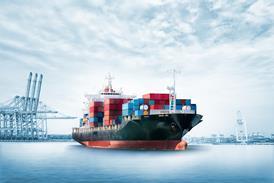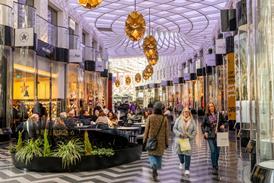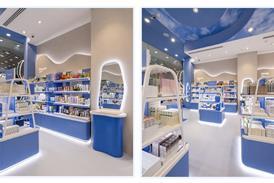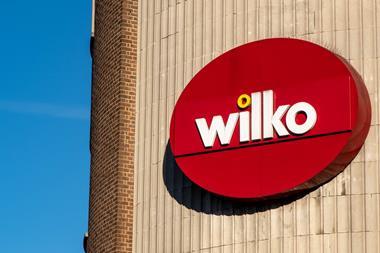From delivering on delivery to winning websites, Elavon’s Michael Bosshammer takes a look at the key areas retailers should focus on for 2024
Once again, it’s been a strong year for ecommerce. Following the biggest Black Friday and Cyber Monday revenues to date, according to Adobe Analytics, profits and sales continue to climb for online retailers and merchants, with the market projected to reach $3bn (£2.4bn) by the end of the year.
No longer pushed by the necessity of the pandemic, online shopping has become a staple of ease and convenience for shoppers, aided by new tools that make it easier to spread costs, process returns, build wishlists and take advantage of online-only discounts and promos.
As the industry gears itself up for a new year, we take a moment to reflect on 2023.
Leaning on research we conducted in partnership with Yonder earlier this year, here we highlight the biggest ecommerce drivers of 2023, with a focus on the key opportunities retailers should be taking into 2024.
Delivering on delivery
Unsurprisingly, a great delivery and returns experience was a key driver of online spending. In our survey of more than 1,000 UK adults, 66% said that free labels, returns and packaging were a key incentive to shop online, closely followed by reliable delivery at 61%.
This makes sense. As consumers, we know how frustrating it can be when a delivery turns up late or when we have to weigh up return costs when choosing a certain size or style.
These stats reinforce the importance of developing an excellent relationship with your delivery partner. Fully integrated tech and tracking capabilities are key.
For younger demographics, same-day delivery options were particularly popular, with 42% of respondents selecting this as a key incentive.
“While free return options are very well received by customers, they can come with a heavy environmental cost”
If executed well, this presents an opportunity for ecommerce retailers to compete against the high street, which is often chosen for its convenience when something is needed urgently.
It’s key to note that, while free return options are very well received by customers, they can come with a heavy environmental cost.
While corporate social responsibility continues to climb up the agenda for all industries, retailers need to put measures in place to process returns in a more sustainable way.
This may include prioritising electric vehicles for delivery or bringing orders and returns under the same roof to avoid product wastage.
More ways to pay
Another key incentive for online shoppers is flexibility in payments.
Consumers increasingly seek the freedom to pay the way they want – whether that’s via open banking, a digital wallet or with the help of a buy now, pay later scheme to help spread the cost.
And, of course, it’s crucial that consumers are able to pay in their home currency. This can be tricky for retailers who are just beginning to gain momentum outside their home country and don’t yet have the capabilities to set up shop overseas.
Fortunately, tools like Multi-Currency Conversion make it easier for retailers to accept payments globally, enabling them to display prices in more than 100 currencies, process them against the current exchange rate and receive the funds via a single currency of choice.
A winning website
A well-designed website is another important incentive for online shoppers.
We know that the main driver to a physical store is the ability to see and handle the product the customer is buying.
As this can’t be achieved online, it’s important to showcase your products as effectively as you can – strong imagery and product descriptions are key.
“AR can give consumers that bit of extra confidence to make a purchase, while encouraging extra engagement with your brand”
Video is also becoming increasingly popular, especially with products that may be difficult to set up or use.
While it may sound technical, augmented reality (AR) can be another useful tool for customers to get a feel for a product before they buy.
Whether it’s being able to see a new piece of furniture in situ or trying on a pair of glasses virtually, AR can give consumers that bit of extra confidence to make a purchase, while encouraging extra engagement with your brand.
Know your customers
Ultimately, as with most trends in business, choosing the right opportunities really comes down to knowing your customer.
While AR may be the next big thing in furniture retail, it probably won’t be much use to an aromatics brand.
Equally, while a gen Z fashion company may see a lot of interest in same-day delivery options, these may not be so popular with fashion brands targeting an older demographic, who are more accustomed to a three- to five-day delivery time.
However, all of the drivers above share a key commonality: flexibility.
Consumers are increasingly in search of more flexibility in the ways they shop, whether that be how they pay, their delivery options or the variety of tools available to get a feel for products before they buy them. Let that be your key driver for 2024.
To explore the full range of insights from this research, check out the full article. Or find out more about Elavon and its range of payments solutions for retailers here.

Michael Bosshammer is head of retail at Elavon Europe


















































